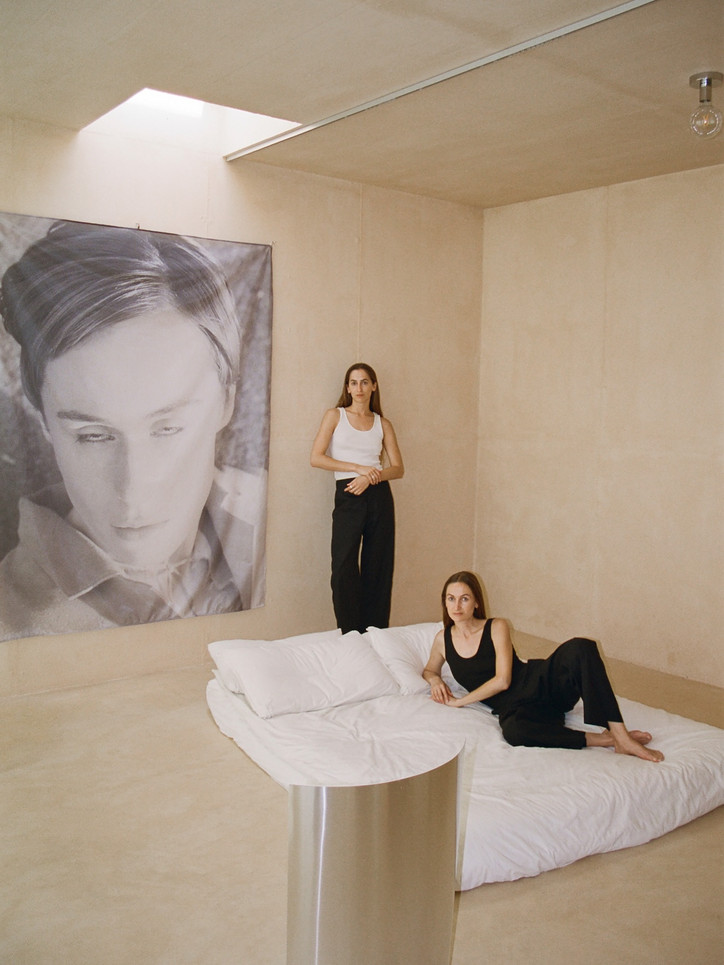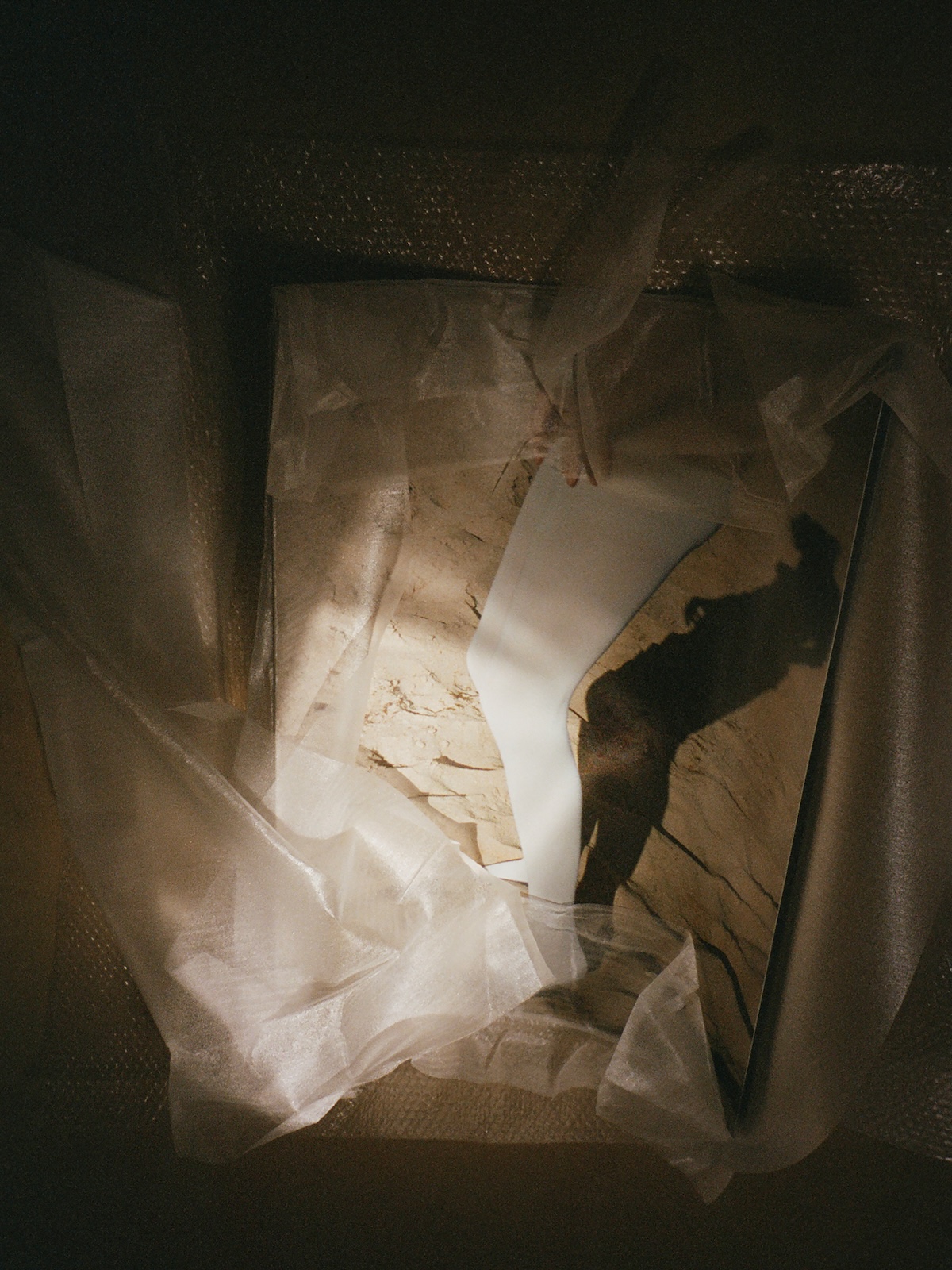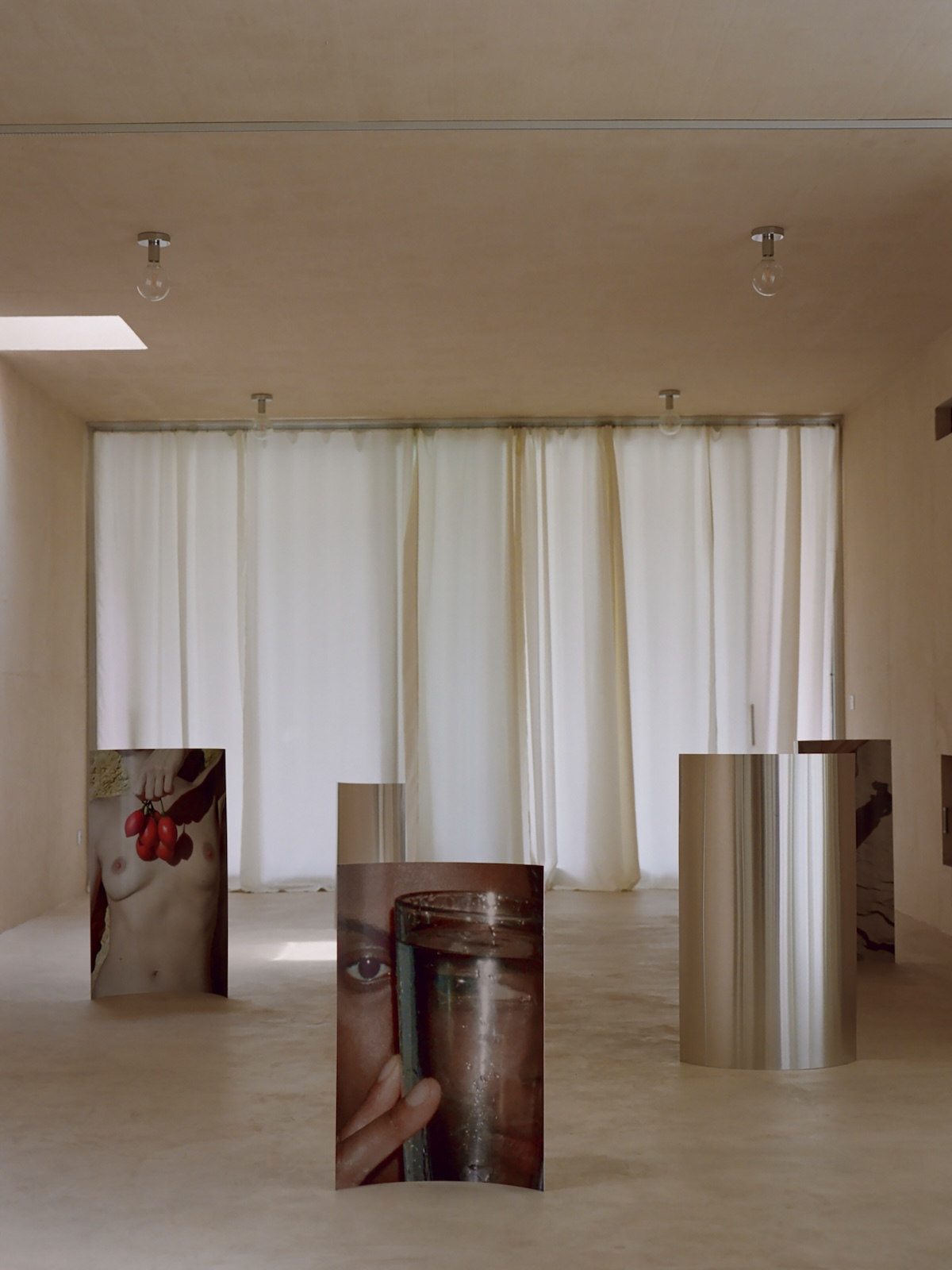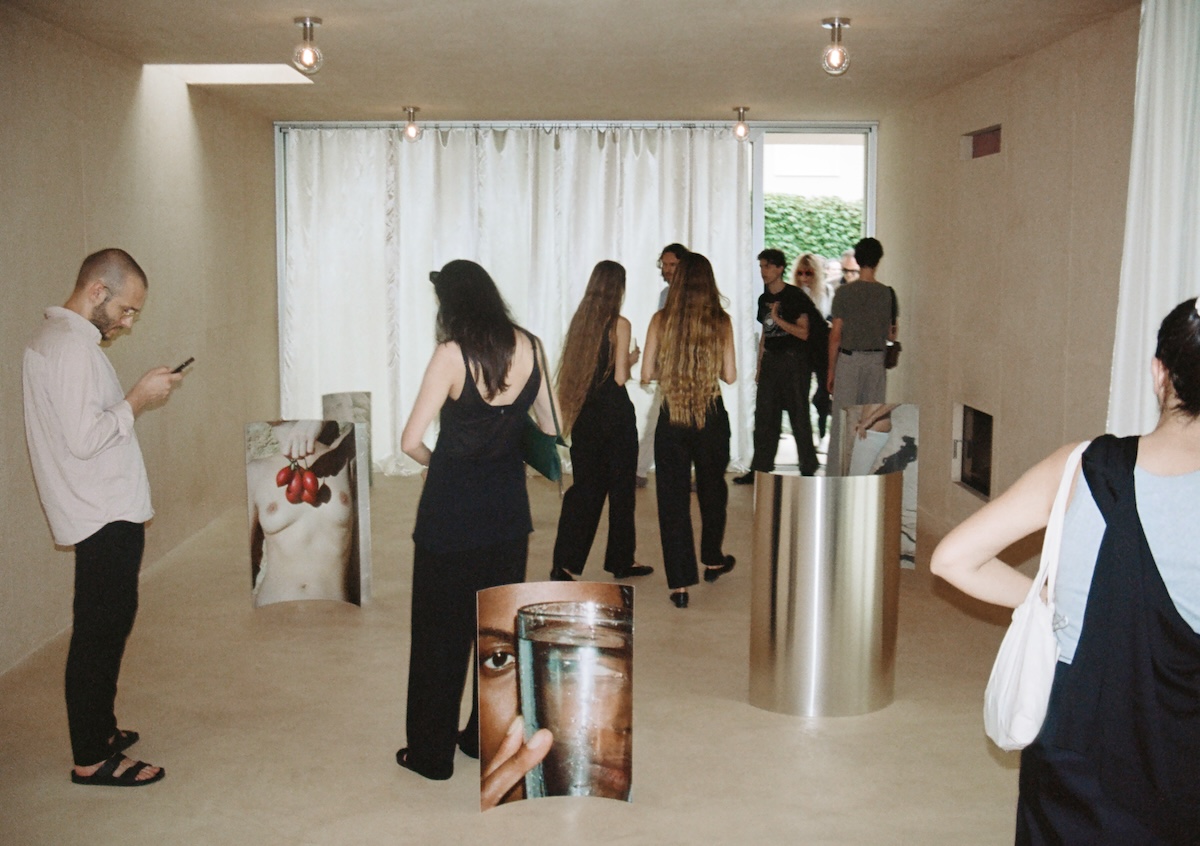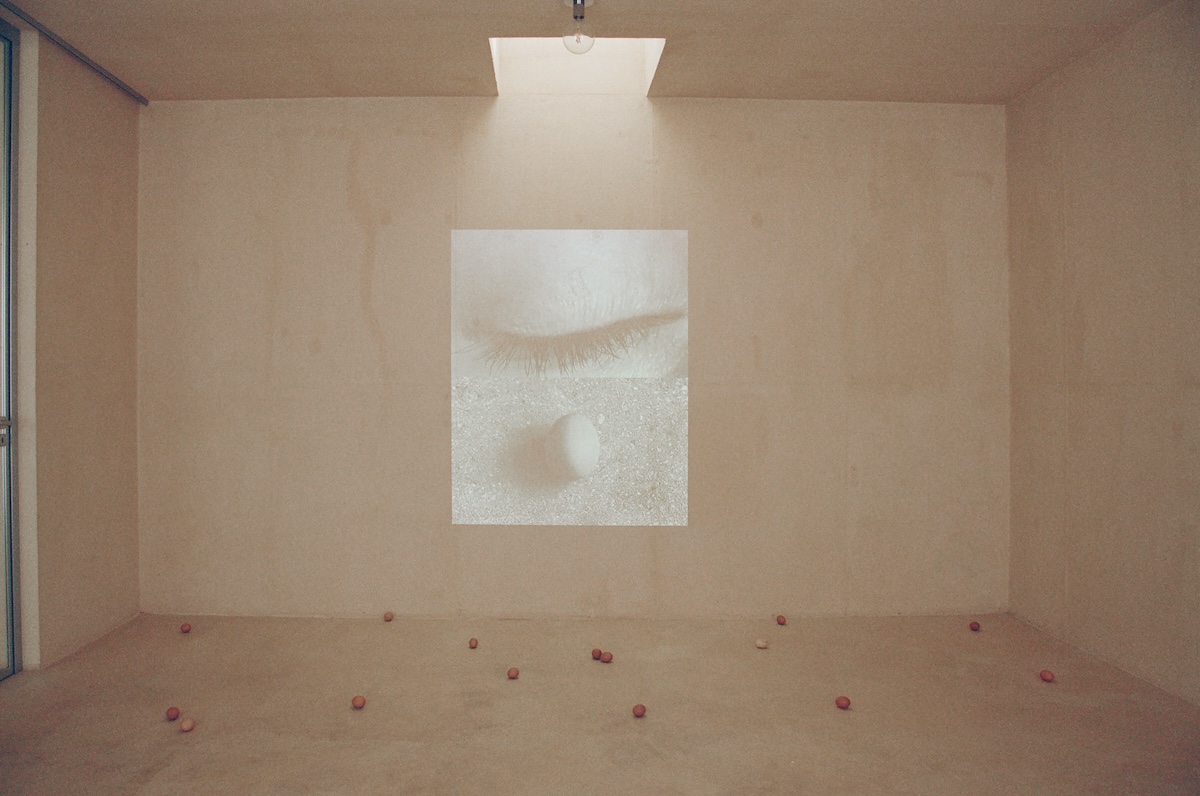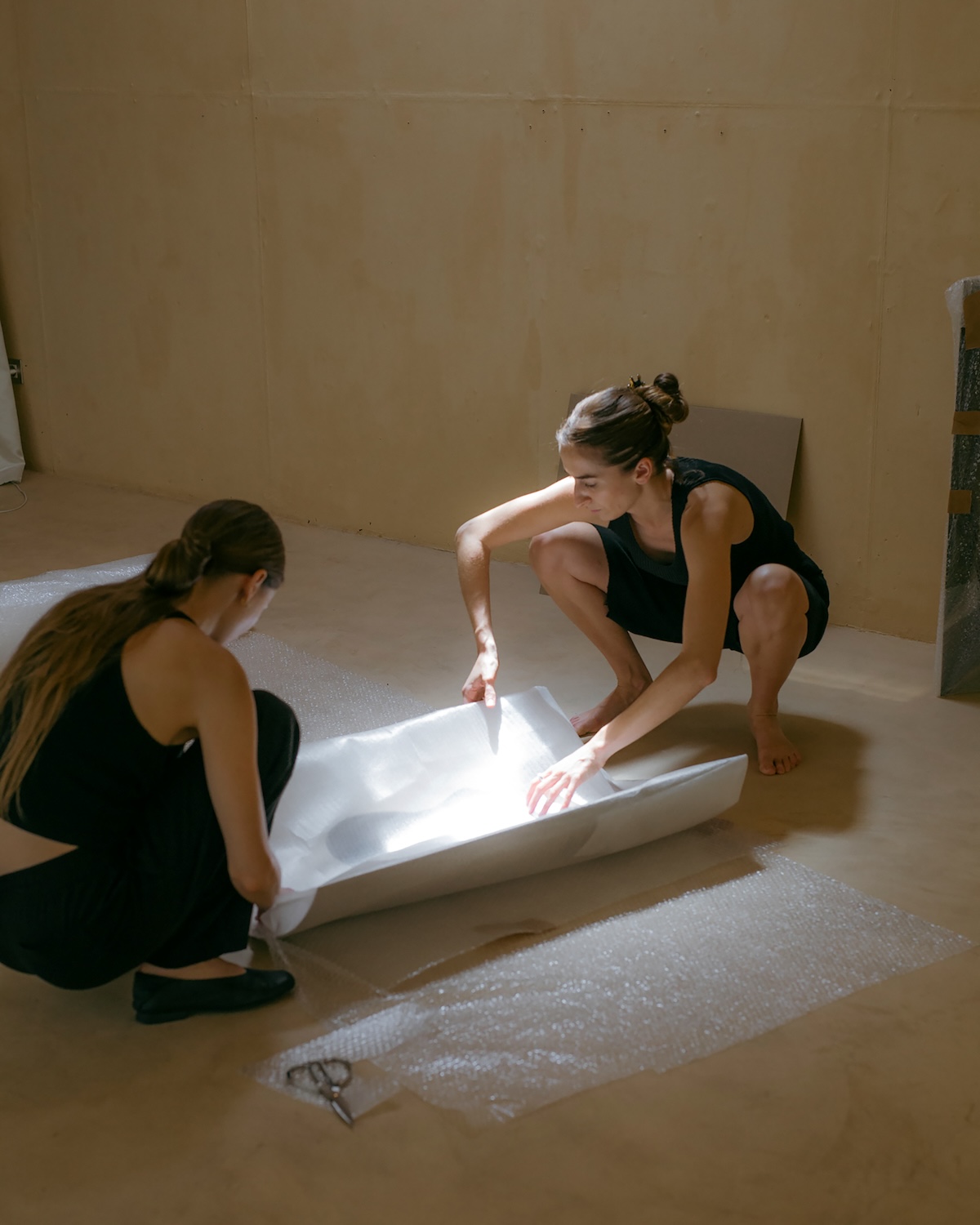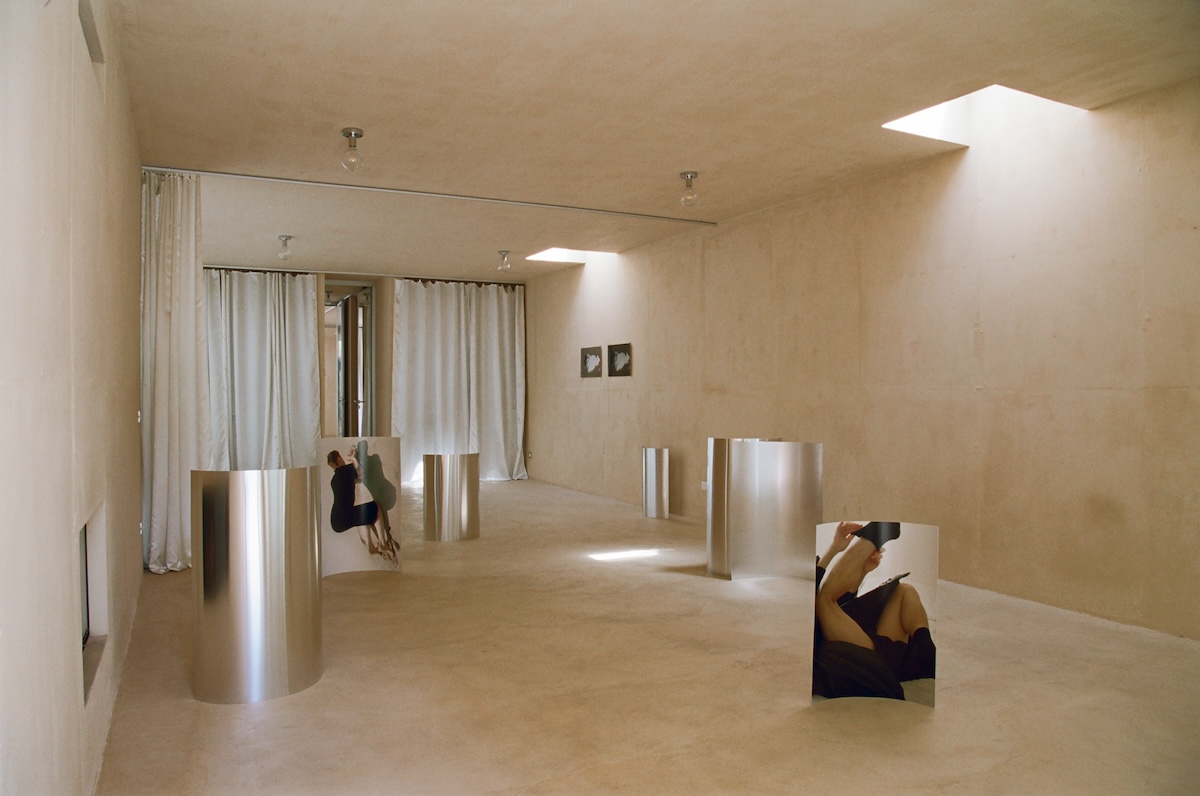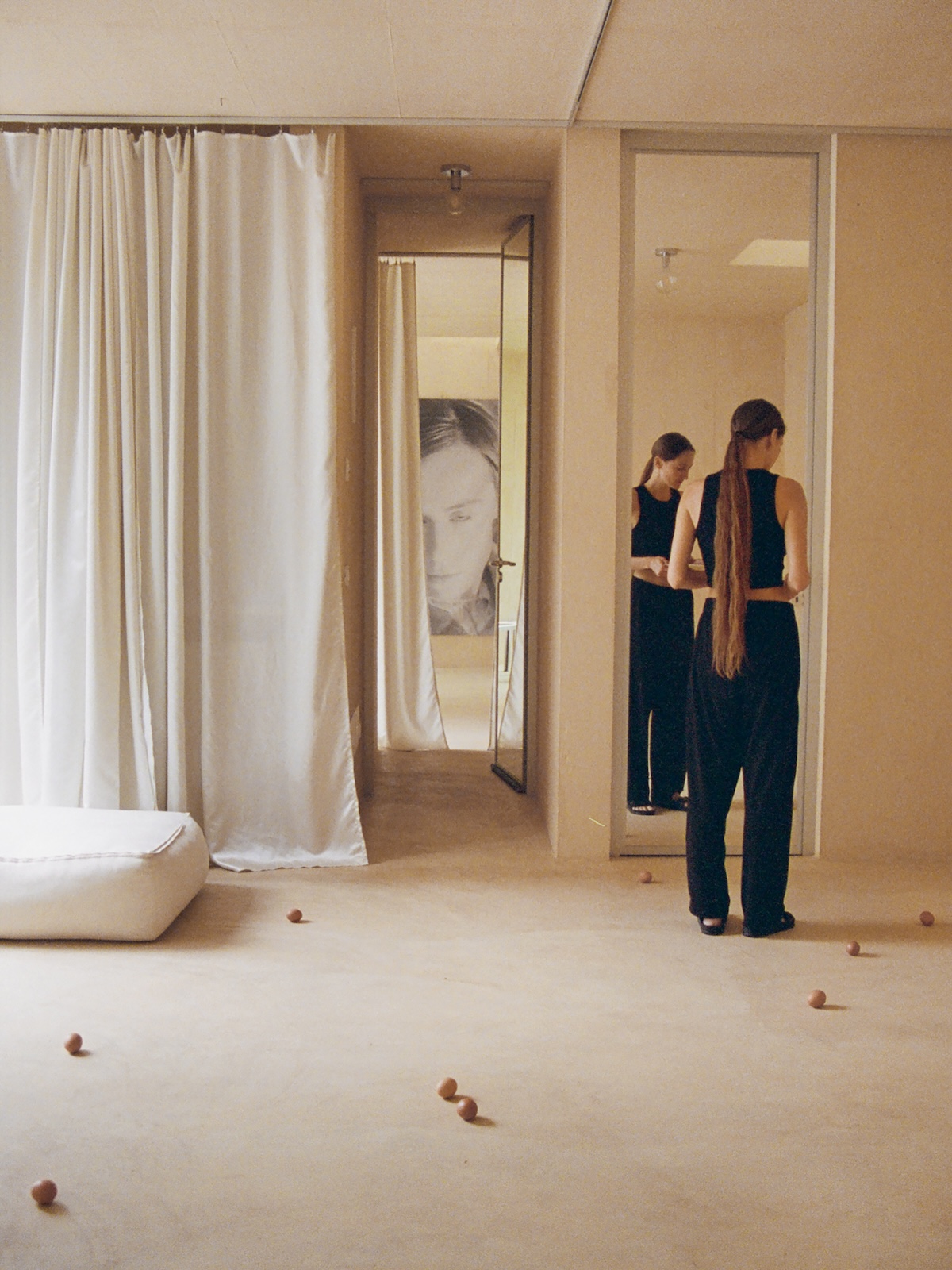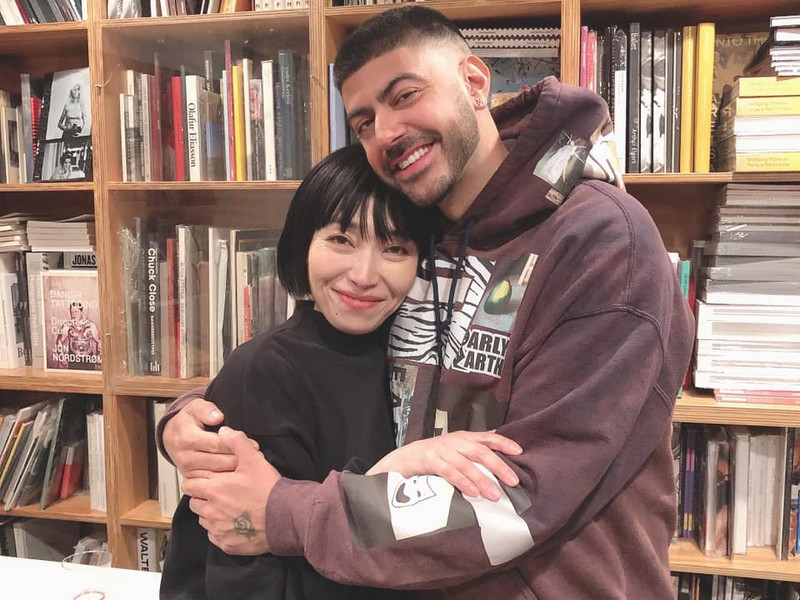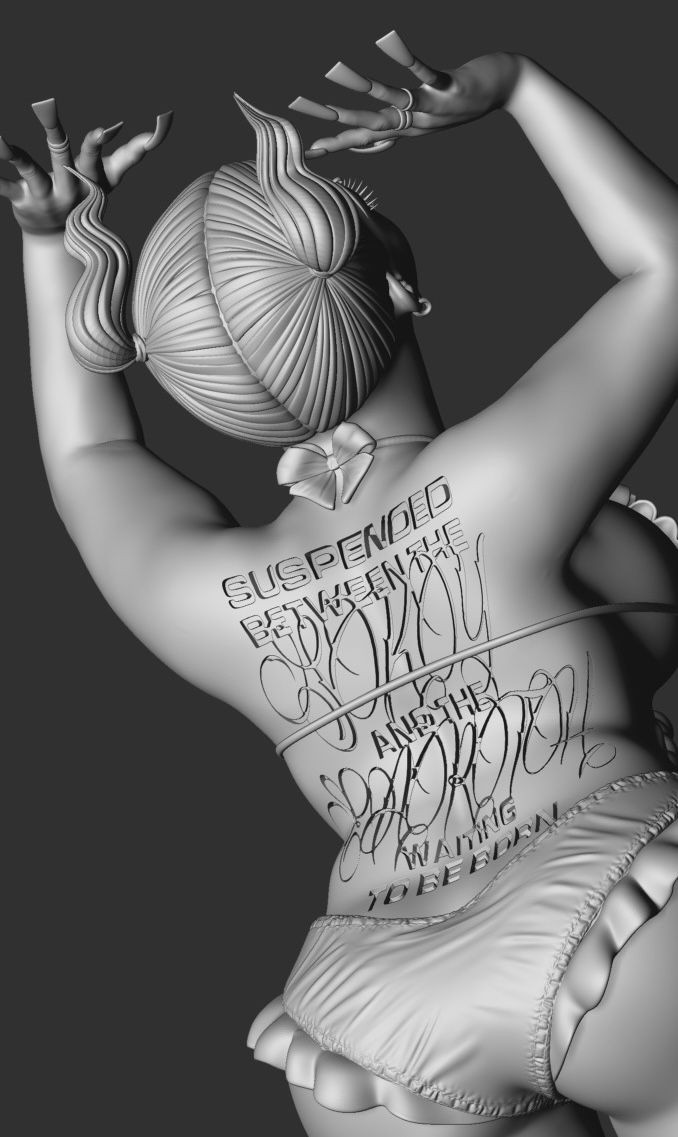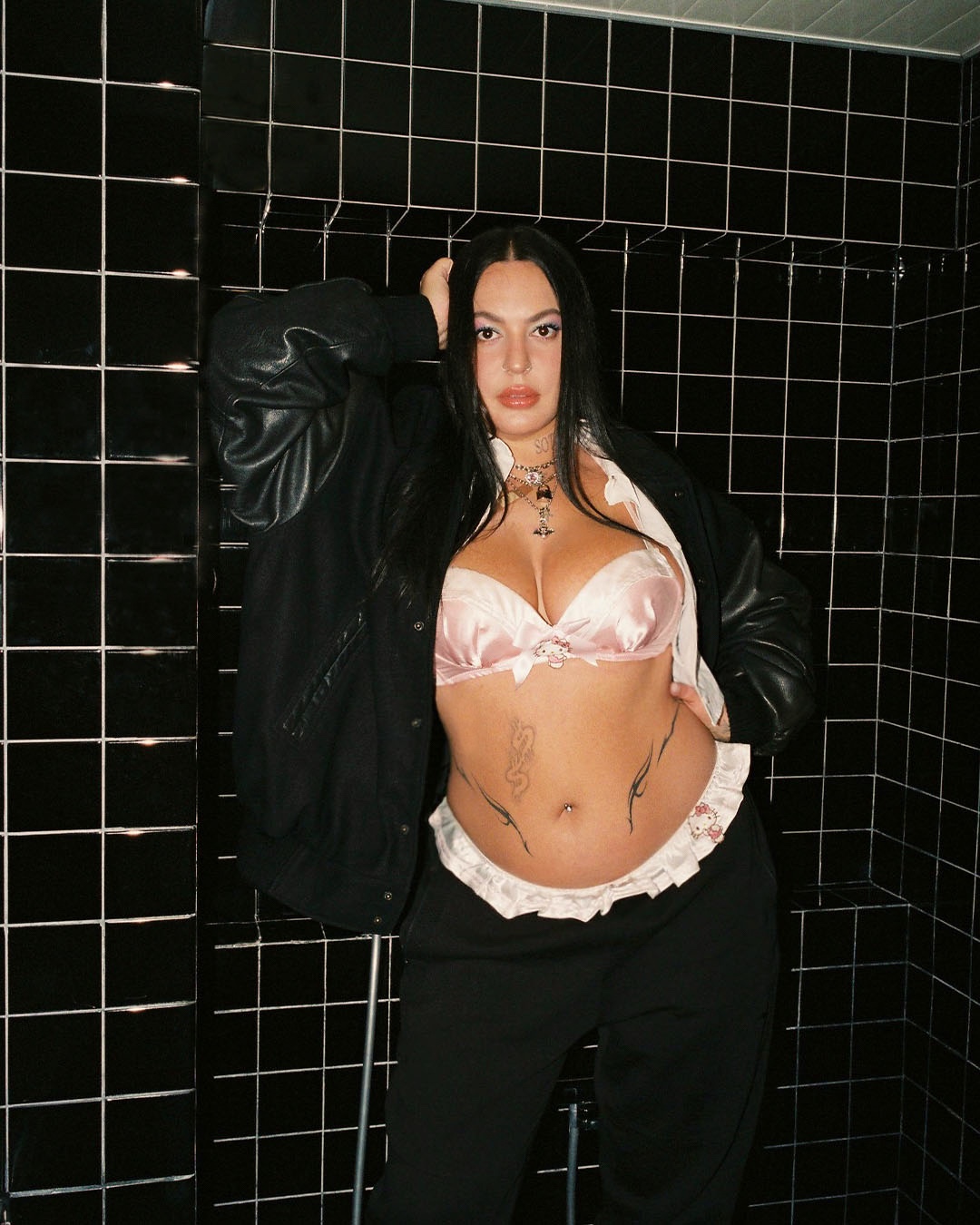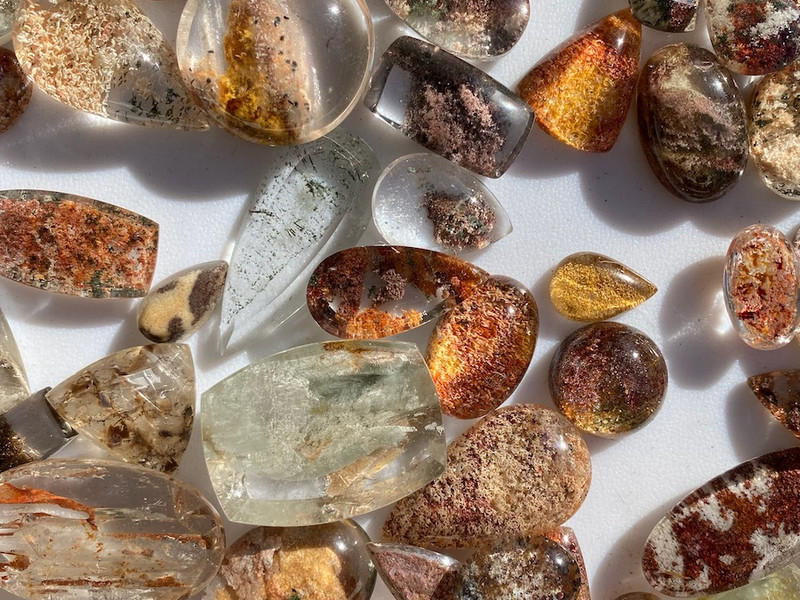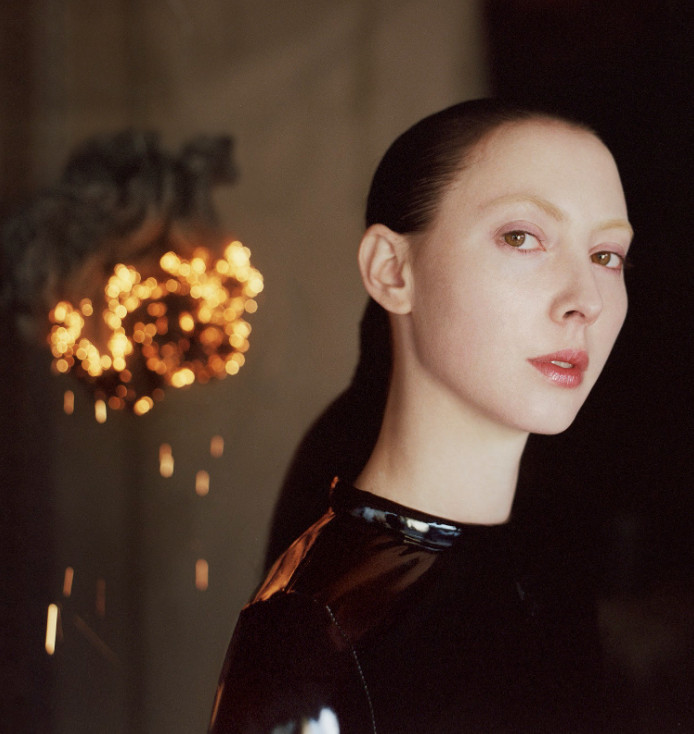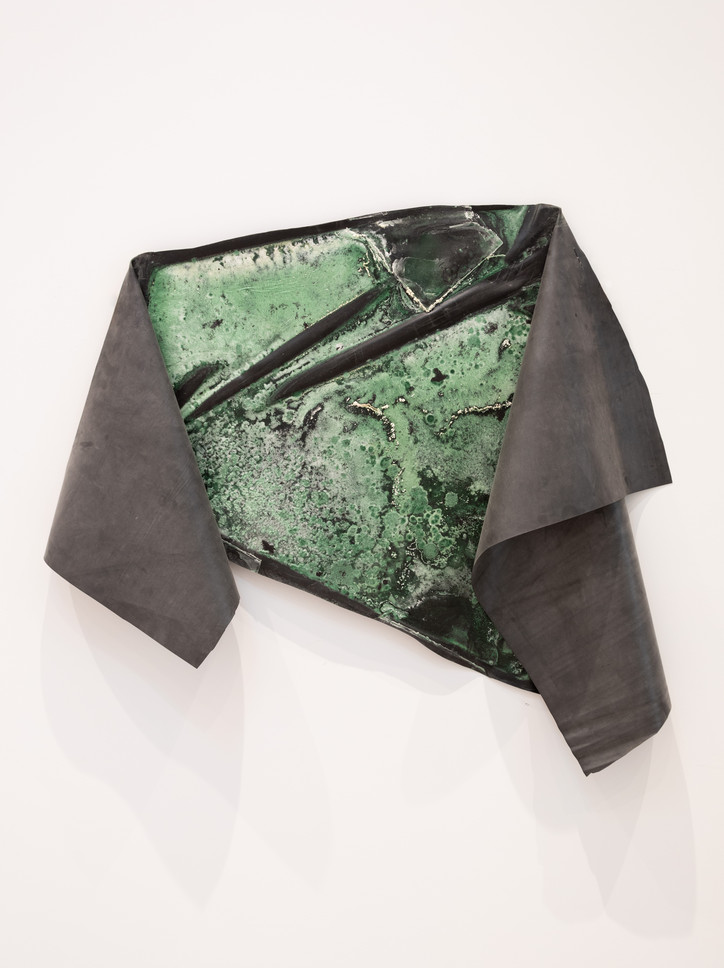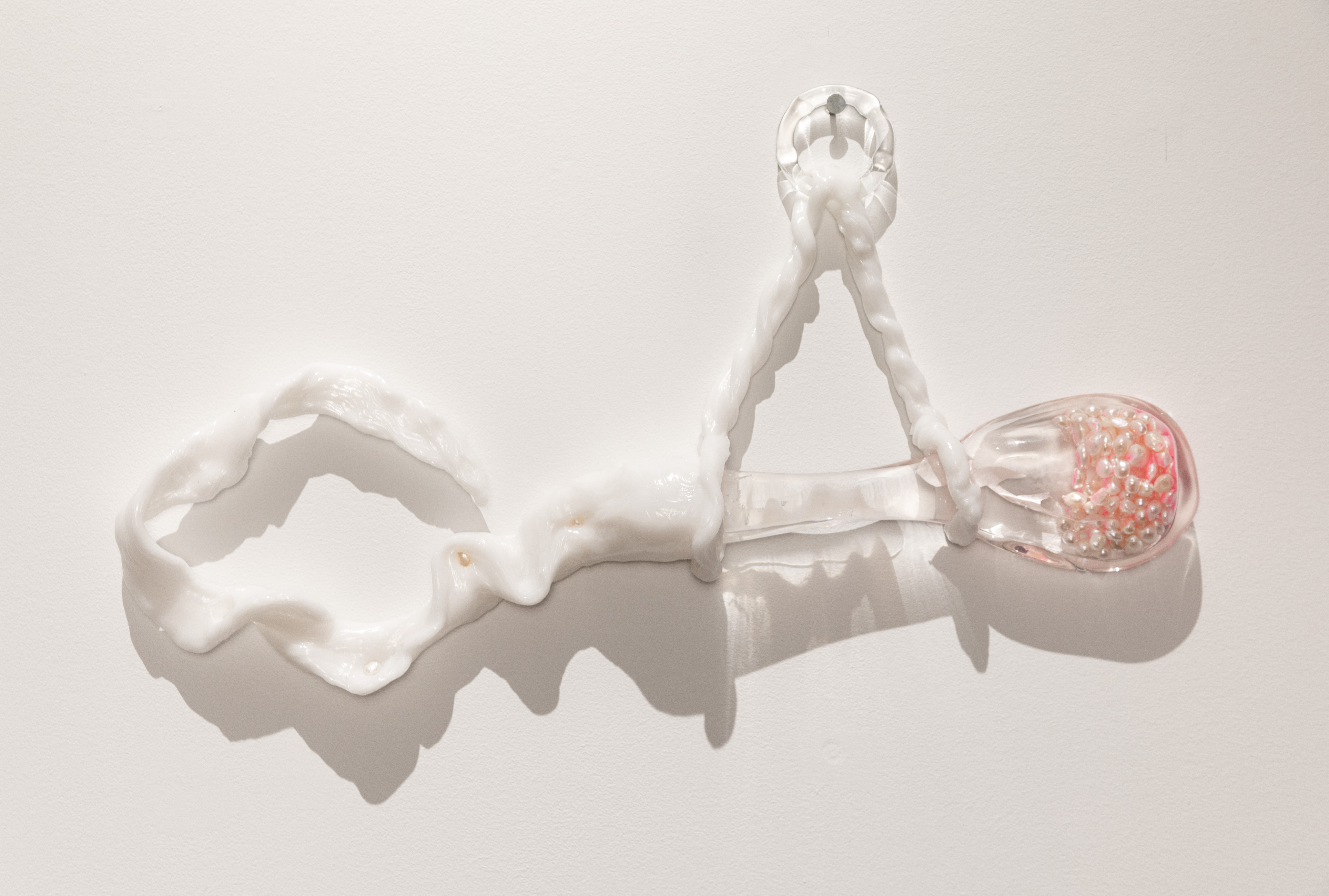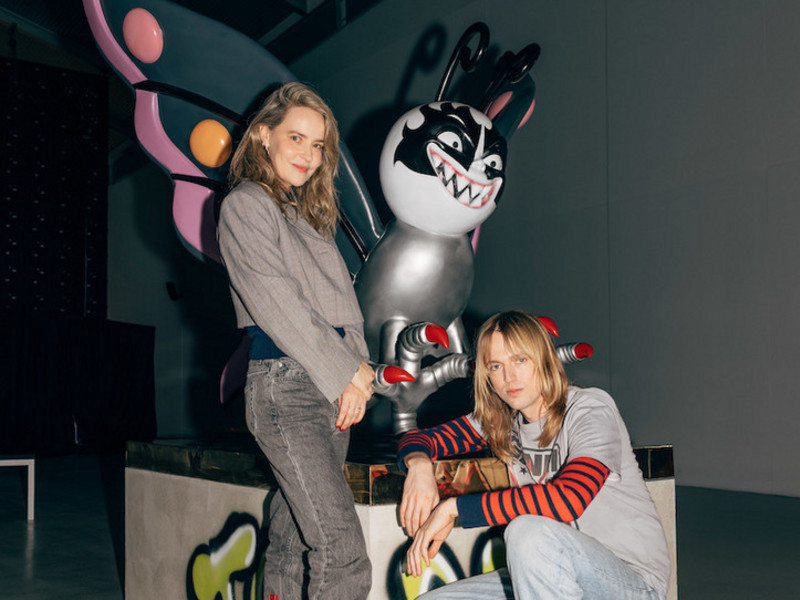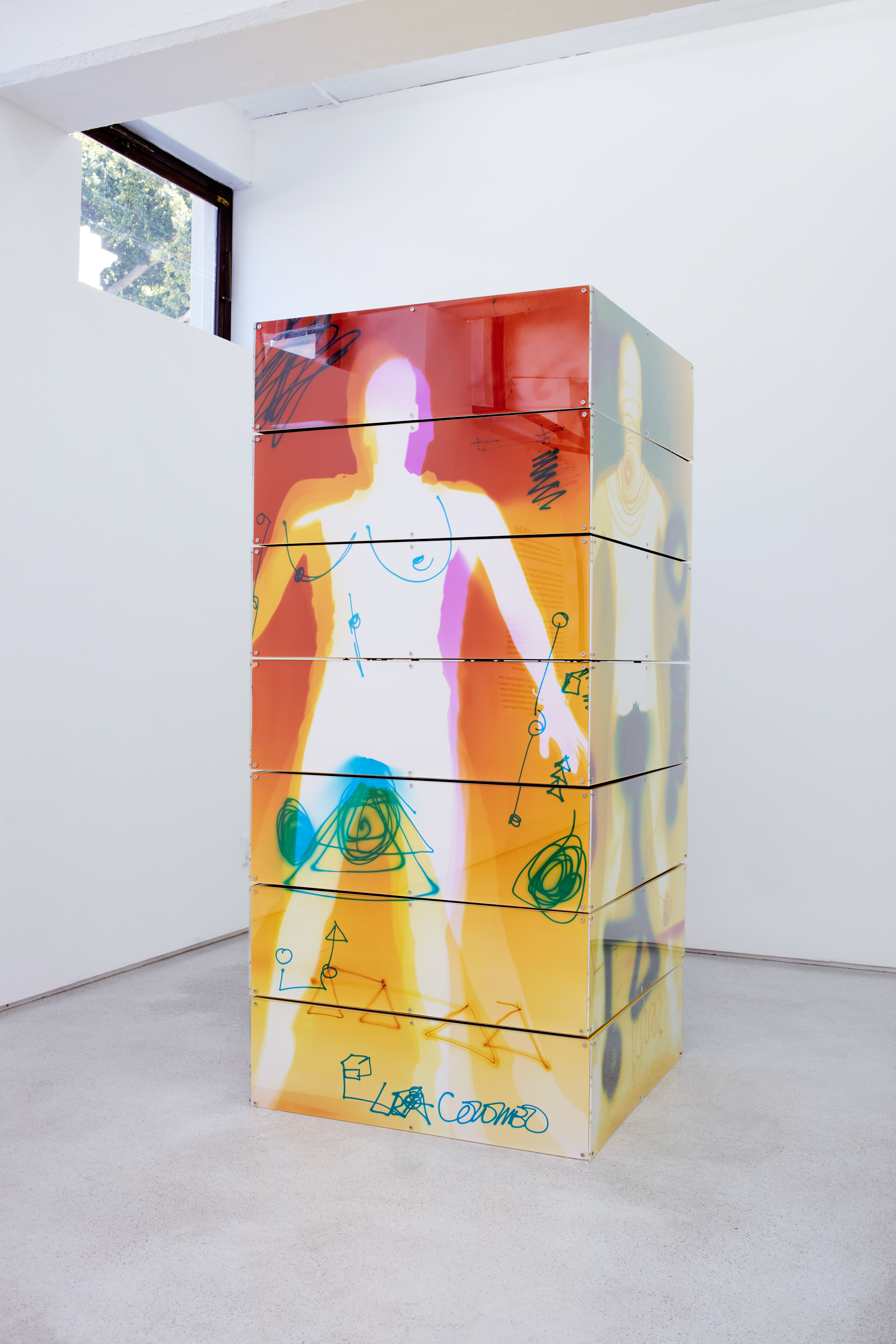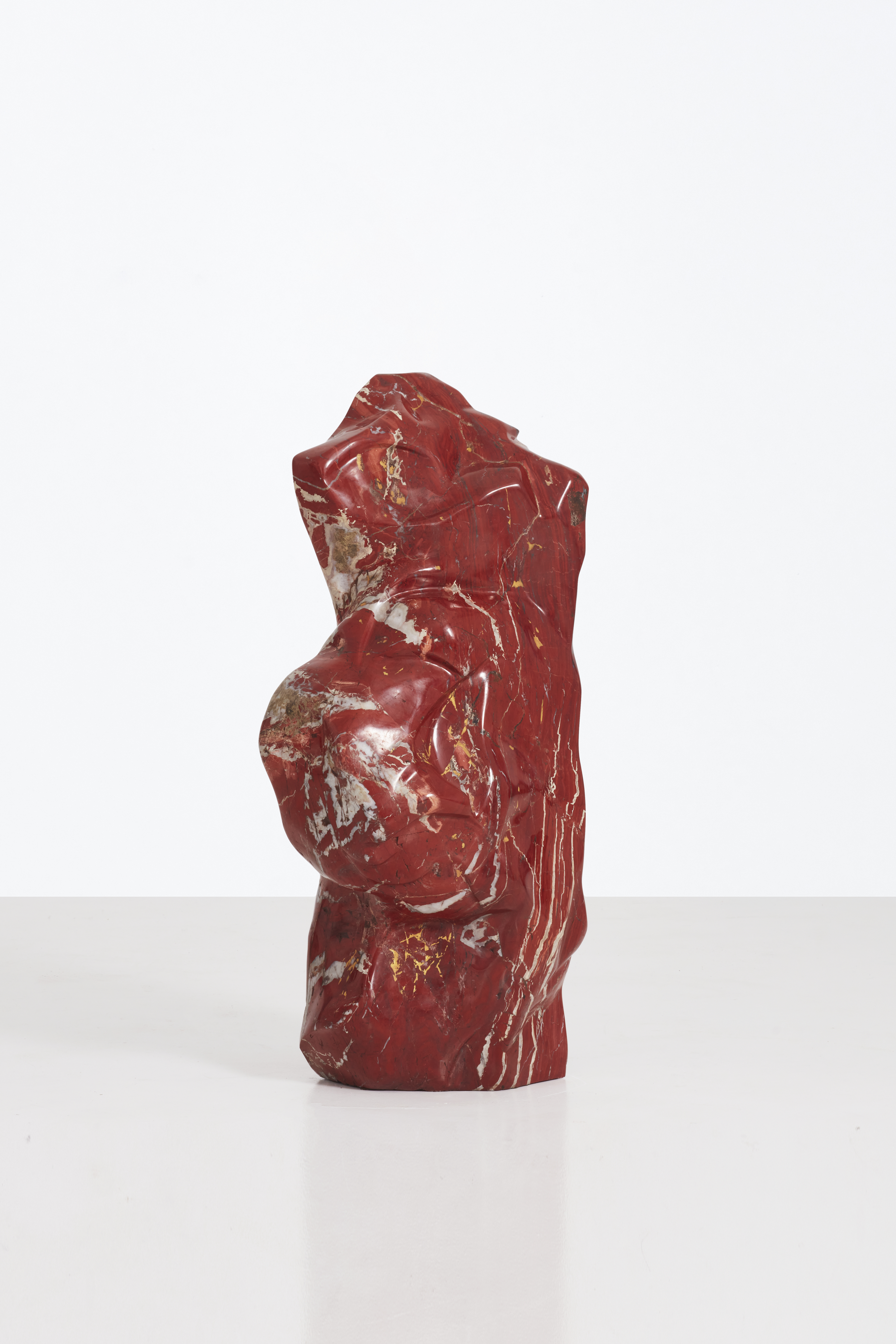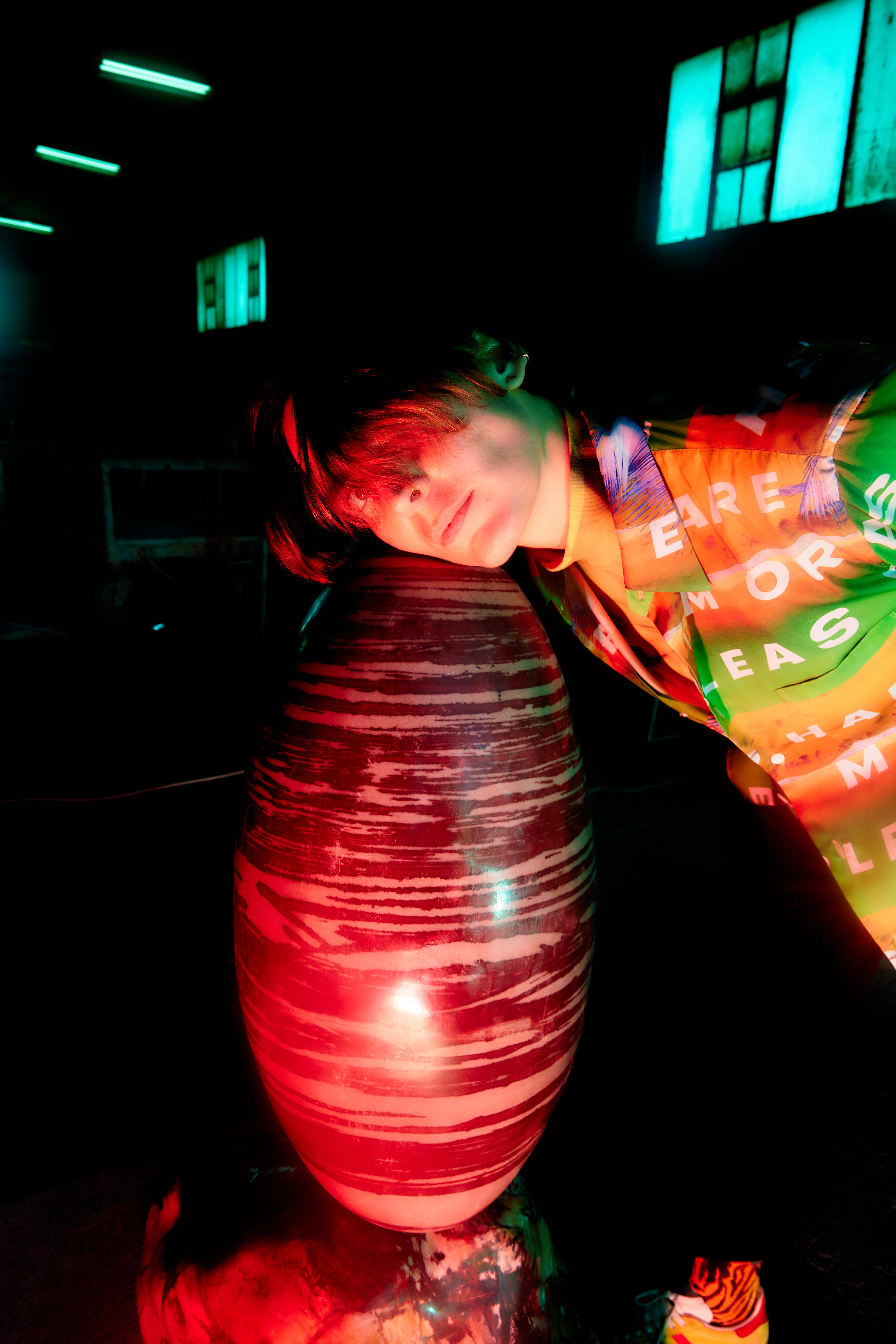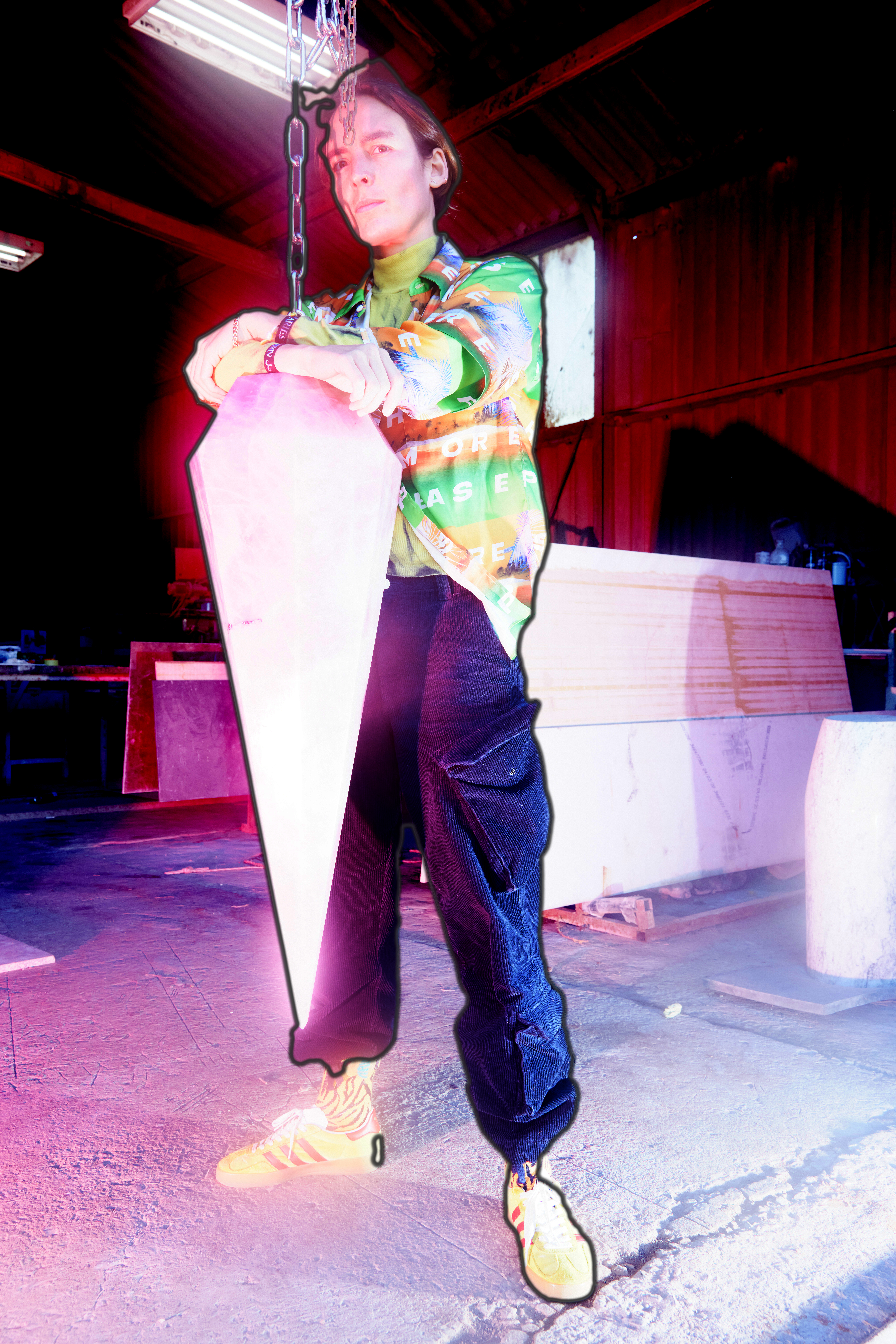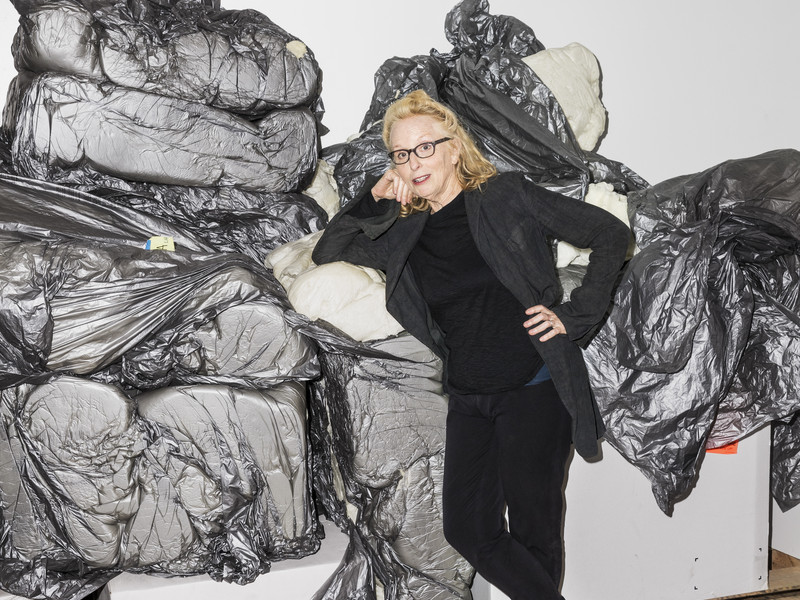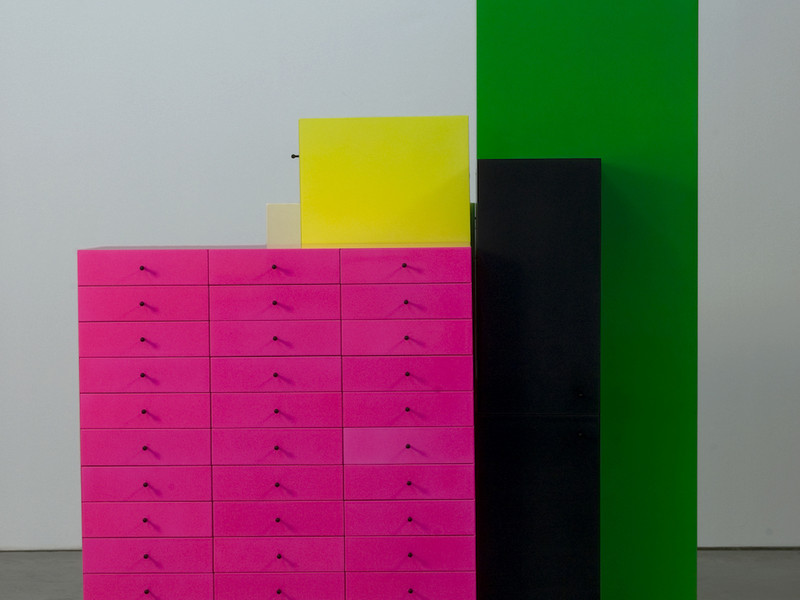And your latest album was produced by A.G. Cook of PC music who has been a constant collaborator.
A.G. Cook is on almost every song. A.G. and I have been collaborators for eight plus years. He and I have developed a specific communication system that involves nonverbal communication. We sit in silence and can hear each other. If I play him something, I hear him before he responds. He and Sophie came with me to this volcanic island where the songs for Clearing started forming. Sophie and I had started working on these songs in Los Angeles at our house where we lived together and then we went to these specific locations because of my interest in energy. We wanted to translate the sounds. At some point we did a field test where we went to a volcanic field and I wore shoes and stepped on the volcanic ash and it made this special sound and A.G. recorded it. Jonsi and Alex Summers also collaborated on this and both of them lived in Iceland.
PC Music is a collective and we have all kind of grown up together and supported each other's work and really created and fostered an ecosystem of care. If someone needs help on the temperature of a song, I will get called in to push the feeling and go into the heart of the song. Everybody has special skills in this collective and we all support each other.
Non-linear or nonverbal communication seems to open up a space for intentional listening. There's this idea that listening only engages one sense, but when we listen, the rest of our senses don't disappear. Can you describe the landscape of your song Breaking Ground? How would this world engage all of the senses?
That is a really apt question, because that is how I approach songwriting. I have a sensory augment, which is also called synesthesia. When I hear a sound, I see an environment. If you were to play a song for me, I could tell you what the air felt like in the song, if there was broken glass or if there was an open field or a swimming pool, what the consistency of the water is. That's how I experience sound. In making Breaking Ground, for example, that landscape takes place in a clearing where there is new dirt that comes from a place of being burned, a place of loss. It is waiting for the seeds to break through the ground, to come up. These seeds have been germinating under the ground and have been in a very soft environment of total and complete darkness, just reaching up to the surface. And when they finally break through the ground, they're very soft. You know, little seedlings are really tender and also deeply resilient because they have root systems to rely on and root systems to feel supported by. This song is a reminder of those systems, that even in a moment where you feel outside of your body, you feel scared, you don't really know which way to go, there is this support system around you that you can rest into. In the song, there's a break and it moves into "burning it down, burning it down." And it's taking back that space and agency of being able to burn through fear, burn through isolation, burn through this feeling of loss and connect with all of the support around you.
It makes so much sense in the way that your art connects across all the different mediums because the way that you see it all as part of this universe, this world. For your album Clearing is each song its own terrain that is part of a larger world?
Basically, yes. The album follows different cycles. It follows this pattern of total loss. You can imagine that you are in a gorgeous forest and the forest catches on fire and the fire is burning and all of the plants are burning to the ground and becoming ashes. The forest transforms into a matte black shiny material that you see in total destruction or in ravens wings. The secret is that inside of ash are seeds. Ashes are seeds. So in this moment where you think that all is lost, if you just wait, if you just rest, the rain comes down, moves to ashes into the ground. The ground cares for the ashes. Seeds emerge and germinate and eventually push through and begin again. So this cycle, or to put it in really simple terms, chaos, ashes, germination and growth, is a reminder that we are part of a larger state of returning. There's an opportunity to begin again. I find that incredibly comforting and exciting because it means that nothing is totalizing. You can start over again, you can become something else, you can transmute —.we can transmute. This album is really personal to me, but I hope through this micro system that it speaks on a macro scale of the potential of regeneration.
You're going on tour soon and I was just wondering is Hyd different from Hayden Dunham? Is Hyd the vessel that you use to communicate these ideas that exists when you are performing, almost as a living sculpture? Or are Hyd and Hayden one in the same?
I love this question. I think this is such a beautiful question because it's all about centralized or decentralized information. For me, Hyd is a circulation system. When I say system, it sounds really cold and the reality is it's bodied, it's warm and it's inside of me. So Hyd is something that I made to be able to move through and circulate in its most simple term, as a frequency. So I go by Hayden, I go by Hyd. I think that as humans, we get to be in a continuous cycle of transformation and I feel that within myself as well. We are not fixed into one form, we are allowed to keep becoming.
